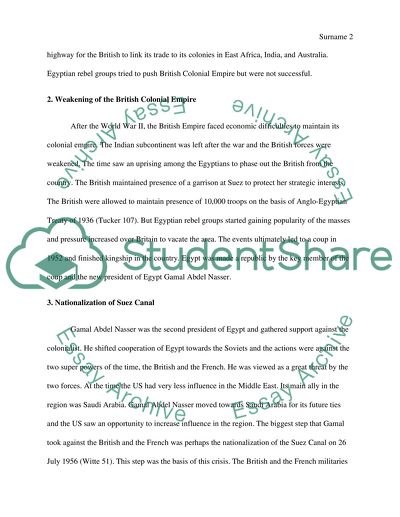Cite this document
(“Suez Canal Crisis of 1956 Essay Example | Topics and Well Written Essays - 2250 words”, n.d.)
Retrieved from https://studentshare.org/history/1397637-case-study-of-suez-crisis-of
Retrieved from https://studentshare.org/history/1397637-case-study-of-suez-crisis-of
(Suez Canal Crisis of 1956 Essay Example | Topics and Well Written Essays - 2250 Words)
https://studentshare.org/history/1397637-case-study-of-suez-crisis-of.
https://studentshare.org/history/1397637-case-study-of-suez-crisis-of.
“Suez Canal Crisis of 1956 Essay Example | Topics and Well Written Essays - 2250 Words”, n.d. https://studentshare.org/history/1397637-case-study-of-suez-crisis-of.


